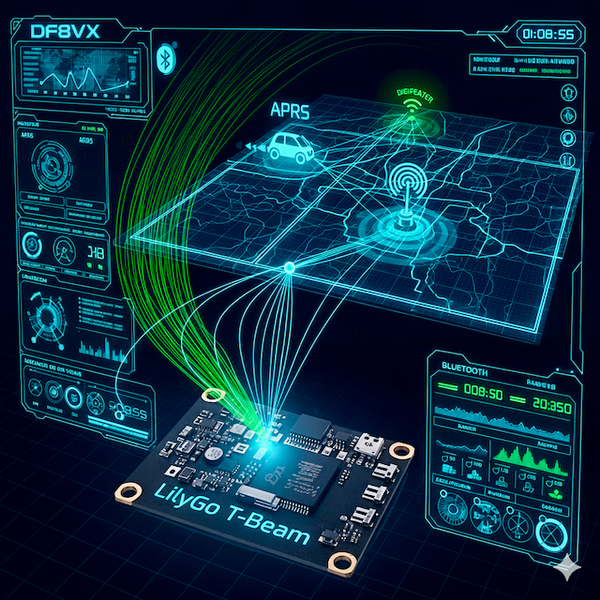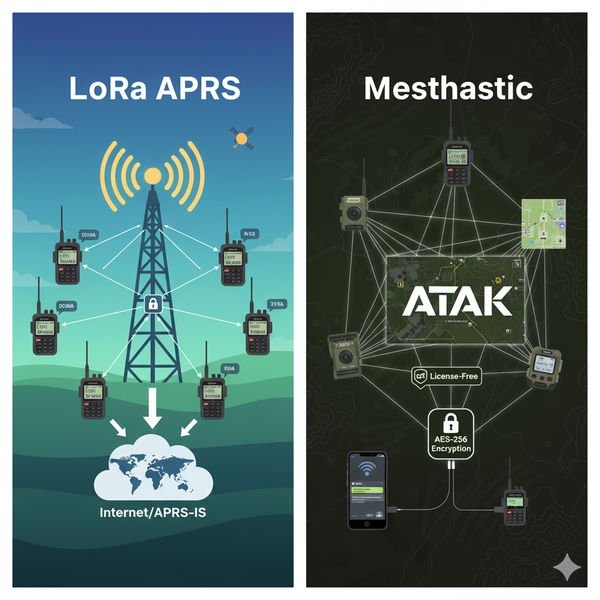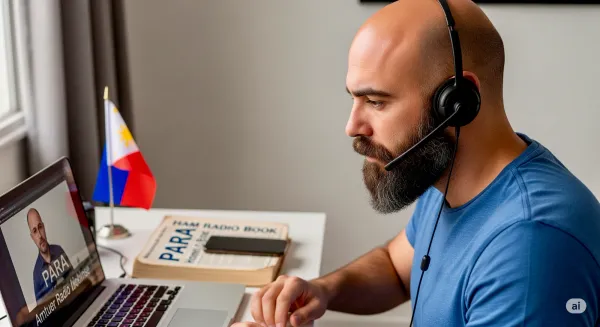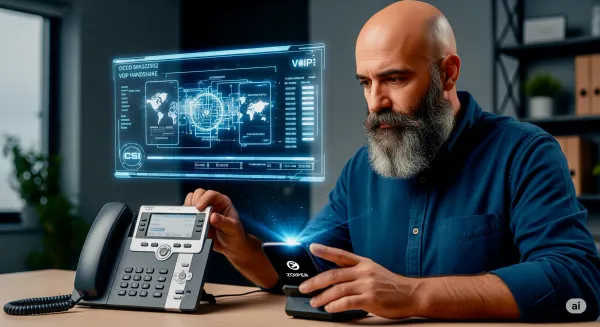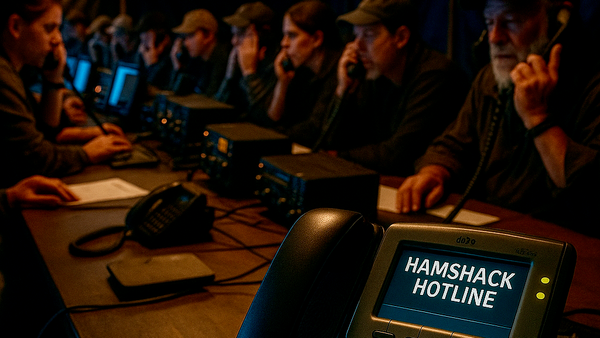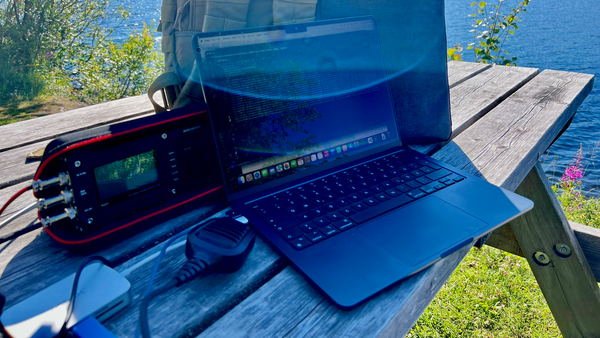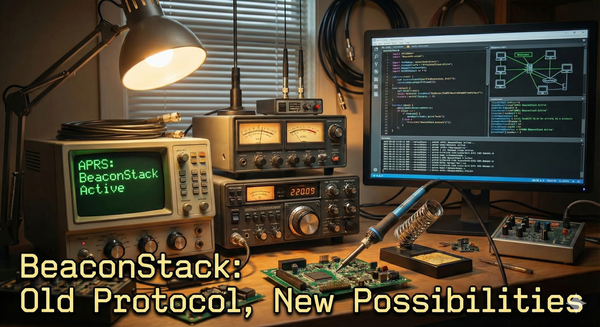
aprs
BeaconStack – Tinkering with APRS Beyond the Shack
BeaconStack is a small APRS tinkering project running on a VPS. It uses modern tools to add useful services like weather and alerts without cluttering RF. Simple, extensible, and built to support real operator needs—not replace APRS itself.
